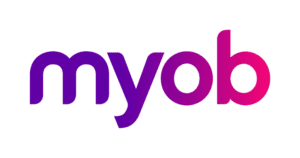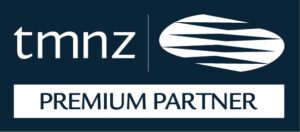As the 2023-2024 financial year comes to an end, it’s time for you to check and organise your books. This will ensure that the preparation your accounts is as efficient and simple as possible for both you and your Client Manager. Here are a few key points to consider and prepare for to ensure that your books are in the best shape to hand over.
- Check your accounting software information is up to date:
- All transactions need to be coded and bank accounts reconciled to balance date. Ensure the bank balance in your software matches the balance in your bank statements.
- Review the Profit & Loss and Cashflow reports to check your coding is accurate.
- Check that any asset purchases/sales have a description attached, and that you have invoices or Hire Purchase documents available.
- Review your Accounts Payable: Check there are no double ups of expenses already paid. Also, make sure to record anything dated 31 March or earlier as payable, even if it won’t be paid until after balance date.
- Review your Accounts Receivable and action your bad debts: Follow up on any amounts due to you. If you don’t anticipate ever receiving payment, this is a bad debt and you must record the debt as written-off in your system. If you do this before Balance Date, then you are not required to pay tax on income from the sale.
- Complete a stock take: Stock on Hand measures all inventory items (such as goods for sale or livestock) available to sell at the end of the financial year. However, there is a provision that if your total stock is valued at less than $10,000 you are not required to record this in your accounts. Calculate the value of stock on hand as close to Balance Date as possible.
- Consider updating your fixed assets register: Review the Fixed Asset schedule from last year’s accounts for any assets that are no longer available for use by the business.
- Save a backup of your accounting system: If your software is desktop-based (e.g., older MYOB or Cash Manager versions), perform a backup before you roll into the 2025 financial year. Send one copy of the backup to our team as part of the annual accounts information and keep another copy of the back up in a safe place.
- Set aside information for your accountant: Our team will be in touch with a list of the information we require to prepare your accounts, but generally this will include the following information. It’s a good idea to put this together now while it is fresh in your mind.
- A schedule of Accounts Receivable and Accounts Payable.
- Statements verifying your bank and/or loan balances.
- Sale & Purchase agreements.
- Insurance invoices.
- Hire Purchase agreements.
- Stock in trade.
- RWT and dividend statements.
The end of the financial year can be a stressful time. We hope this checklist makes the process a little easier. If you have questions, please contact your Client Manager.









